
Five Facts You Didn’t Know About Wagner
Five Facts You Didn’t Know About Wagner Astonishingly, Richard Wagner showed little aptitude or enthusiasm for music as a child, and so was the only one[…]

Chopin – Short Biography
Chopin – Short Biography Frédéric François Chopin (1 March 1810 – 17 October 1849) was a Polish composer and virtuoso pianist of the Romantic period, who[…]

How Did Wagner Revolutionize Opera?
How Did Wagner Revolutionize Opera? Initially establishing his reputation as a composer of works in the romantic vein of Carl Maria von Weber and Giacomo Meyerbeer,[…]

Five Facts You Didn’t Know About Dvorak
Five Facts You Didn’t Know About Dvorak Dvořák was the oldest of 14 children . His father was a zither player, an innkeeper, and also a[…]

Five Facts You Didn’t Know About Haydn
Five Facts You Didn’t Know About Haydn 1. At the age of five, the young Joseph was sent to live with a relative who was choirmaster.[…]
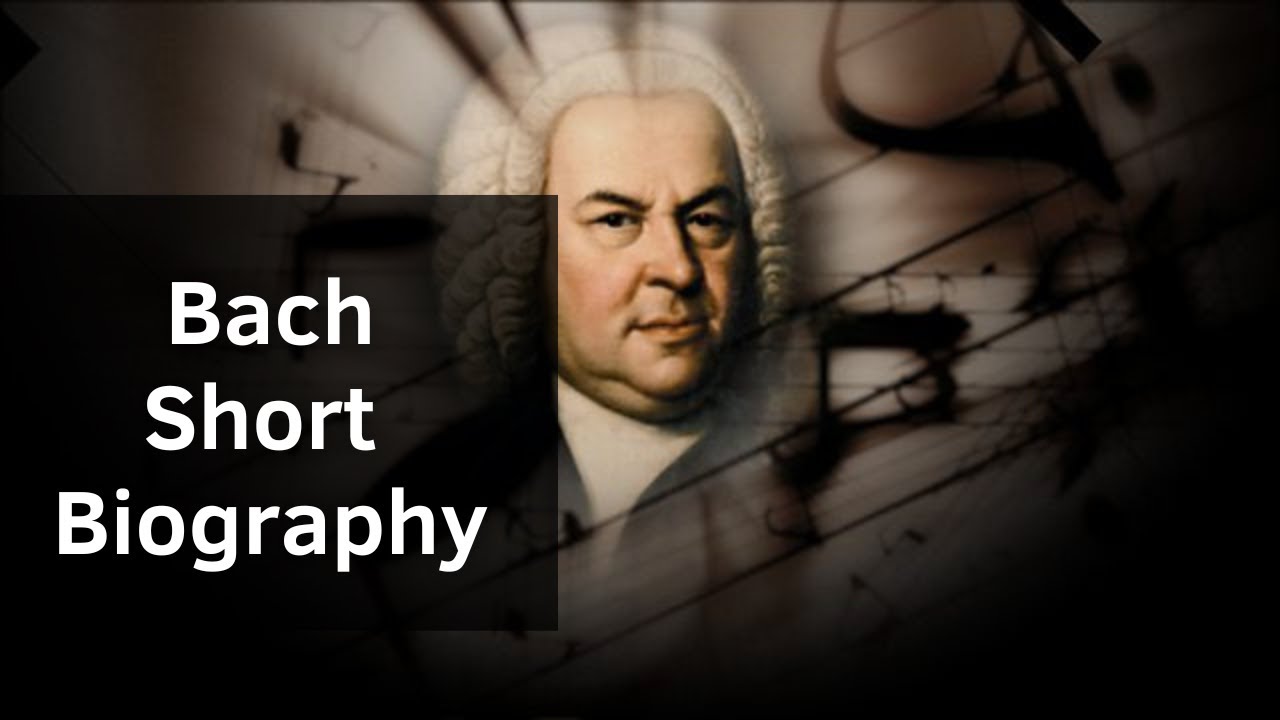
Bach – Short Biography
Bach – Short Biography The Bach family already counted several composers when Johann Sebastian was born as the last child of a city musician in Eisenach.[…]
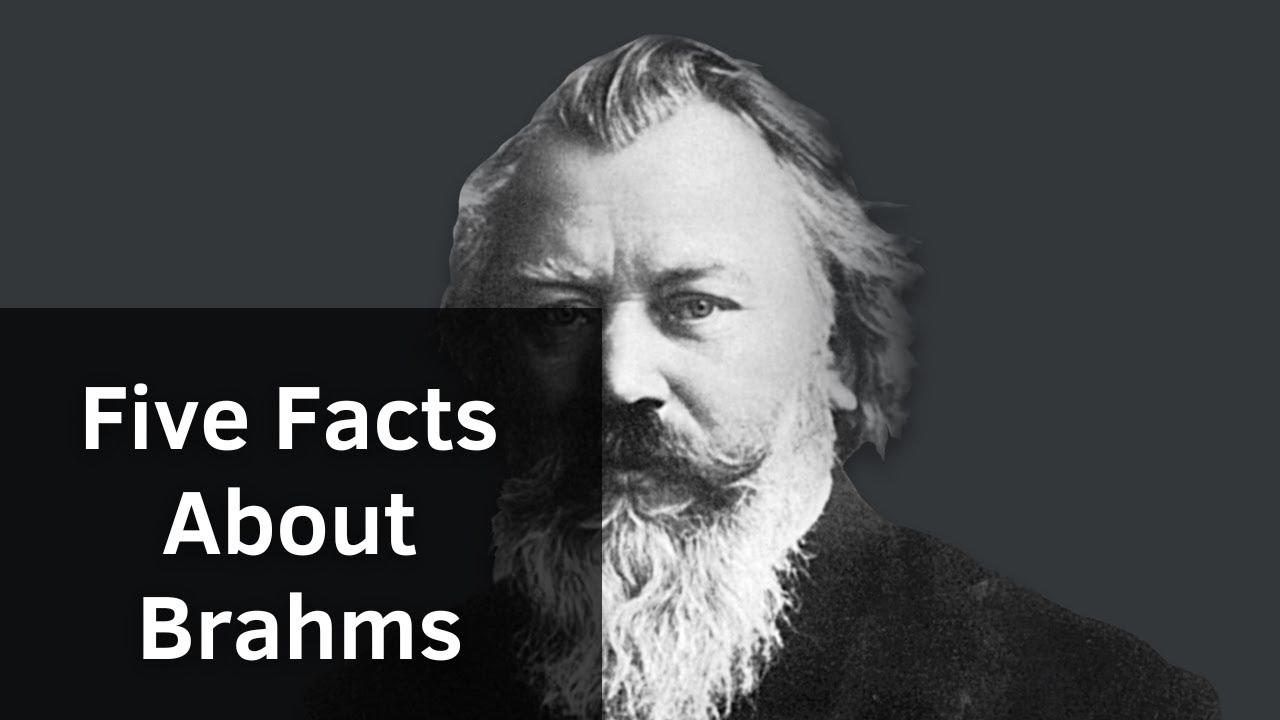
Five Facts You Didn’t Know About Brahms
Five Facts You Didn’t Know About Brahms 1 – Something that was frequently ignored by early biographers of Brahms was what he did musically during his[…]
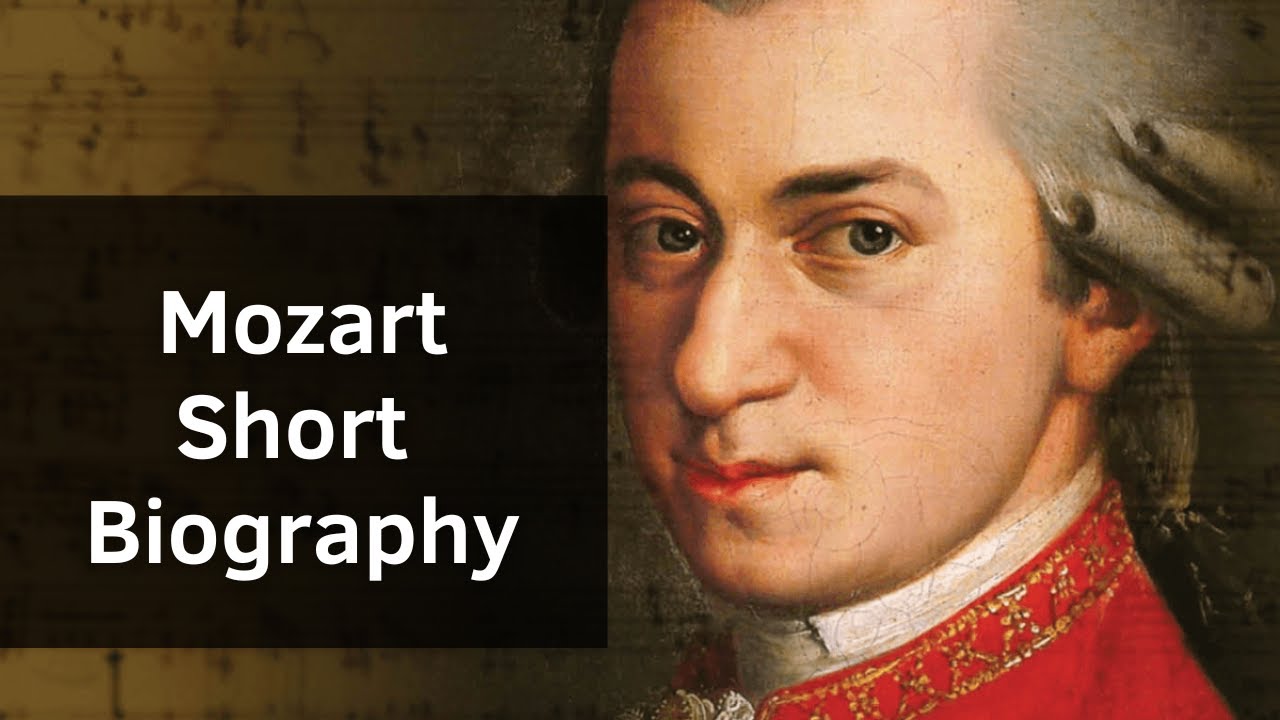
Mozart – Short Biography
Mozart – Short Biography Born in Salzburg, then in the Holy Roman Empire, Mozart showed prodigious ability from his earliest childhood. Already competent on keyboard and[…]
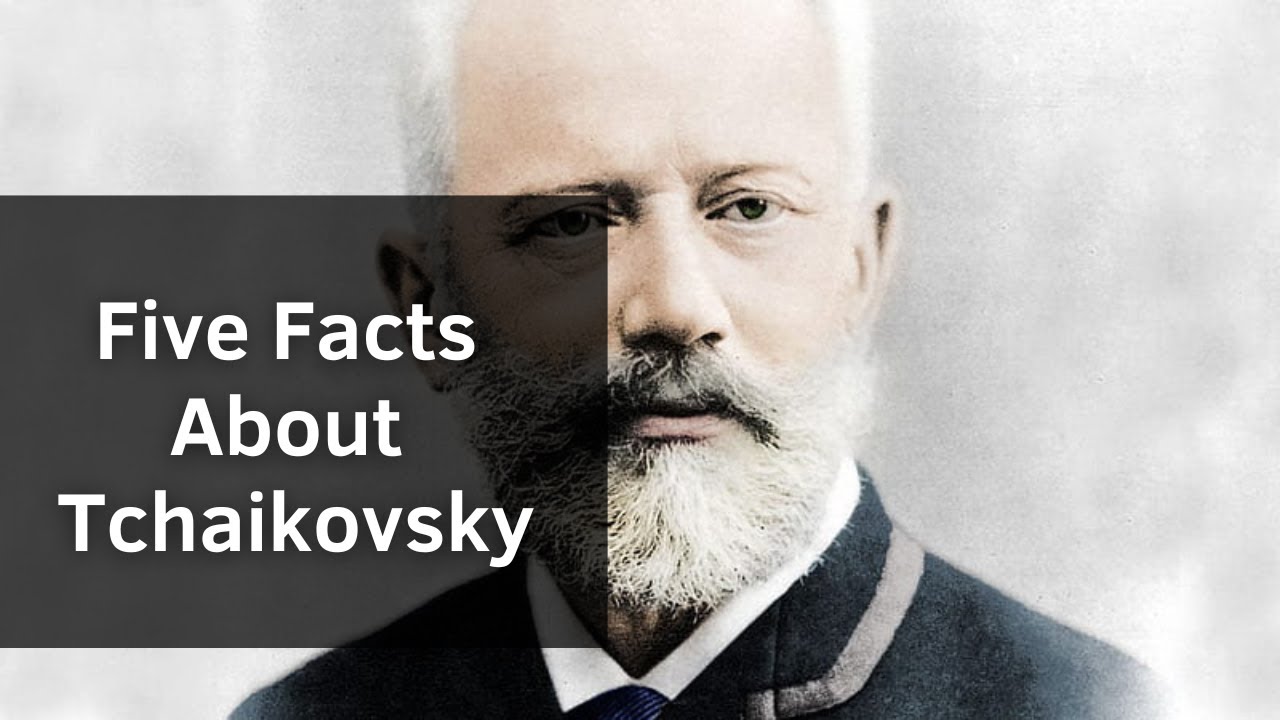
Five Facts You Didn’t Know About Tchaikovsky
Five Facts You Didn’t Know About Tchaikovsky 1. Tchaikovsky was born in Vostkinsk, a small town in Udmurt Republic, Russia. He began piano lessons at the[…]
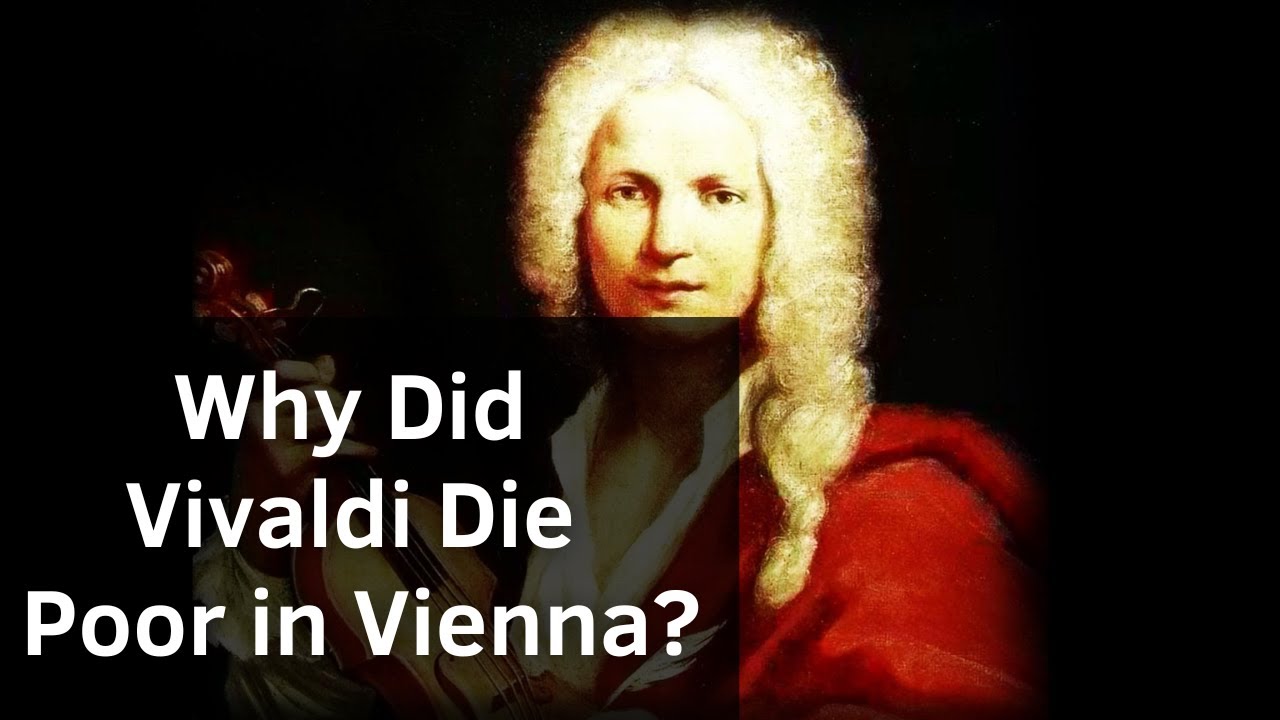
Why Did Vivaldi Die Poor in Vienna?
Why Did Vivaldi Die Poor in Vienna? Vivaldi spent most of his career at a single institution, a home for the illegitimate children of Venetian noblemen[…]